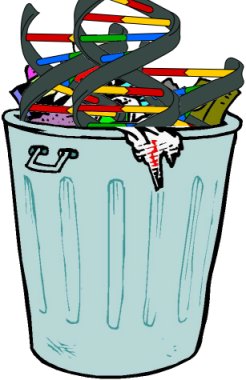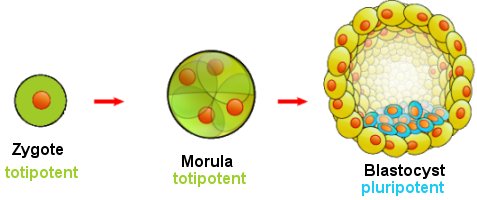The Eurasian diving bell spider (Argyroneta aquatica) is a truly fascinating animal. It lives almost its entire life underwater, but it breathes air. Of course, that’s not very unusual. There are aquatic species of reptiles (like sea turtles and sea snakes) and mammals (like dolphins and manatees) that must breathe air as well. There are even some species of fish (like the Betta – a favorite among aquarium owners) that must breathe air in order to live.1 These reptiles, mammals, and fish regularly rise to the surface to breathe the air that exists above the water. If they are unable to do so, they will drown. The Eurasian diving bell spider does something different, however. As you can see in the video, it brings the air underwater and stores it in a large bubble, which is usually called its “diving bell.”
How does it accomplish this feat? It spins a silken web underwater that holds the air. That way, the spider doesn’t have to return to the surface to breathe. It just has to return to its diving bell. As you can see in the video, once the spider has caught prey, it expands the bell and crawls inside so it can eat its prey in the comfort of an oxygen-rich environment.
While this is all quite amazing, it is not new. The habits of Eurasian diving bell spiders and other, similar species have been known for quite some time. However, up until now, many scientists have thought of a spider’s diving bell as the equivalent of a scuba tank: a one-time supply of air that must be continually replaced. Not surprisingly, new research has shown that it’s significantly more complex than that!





